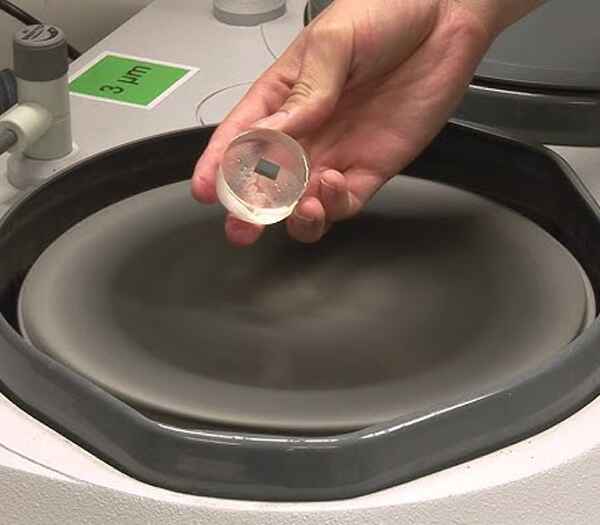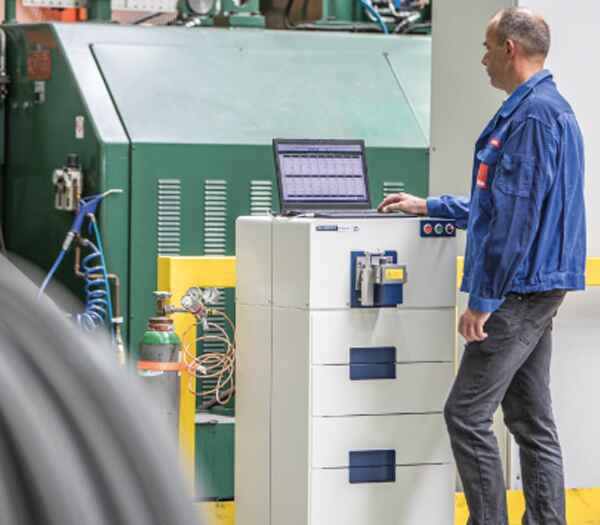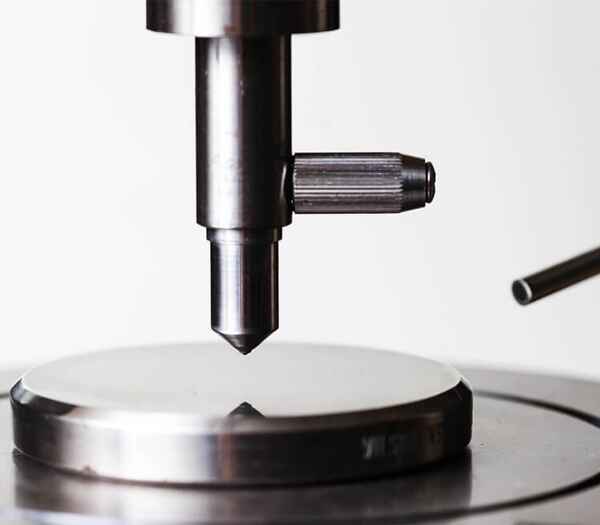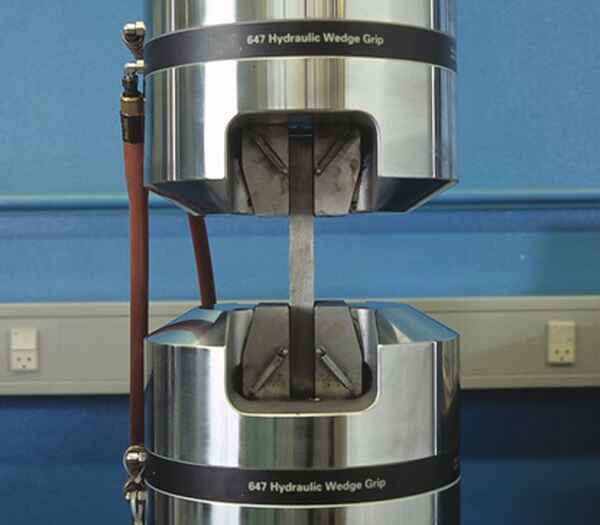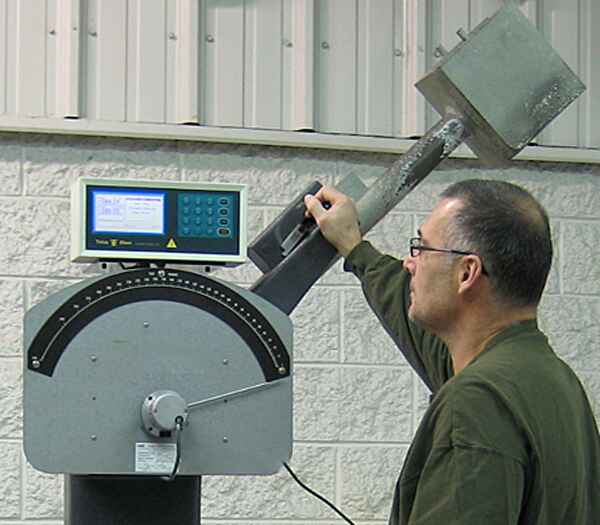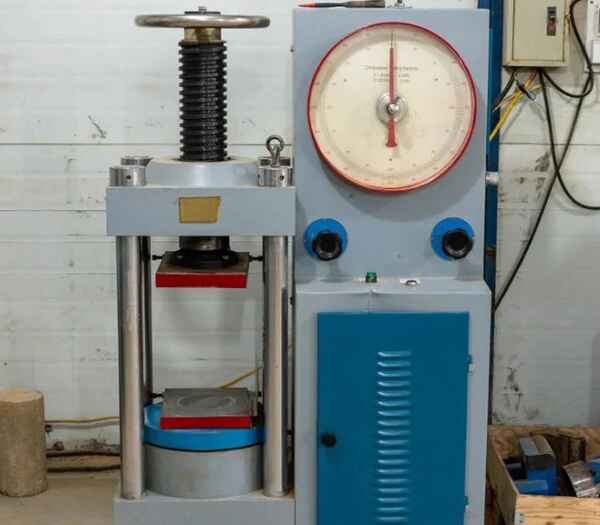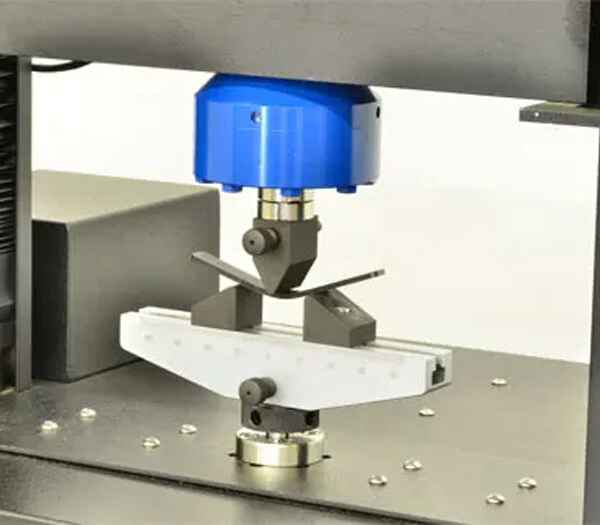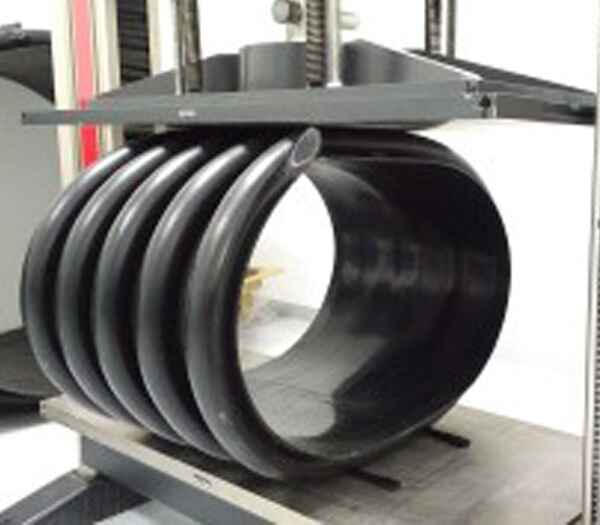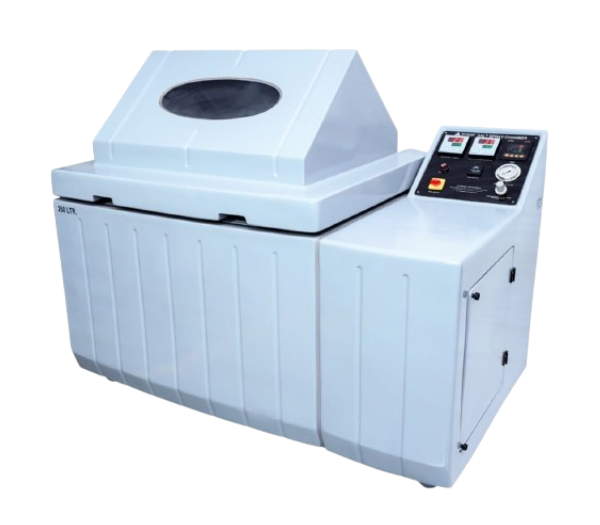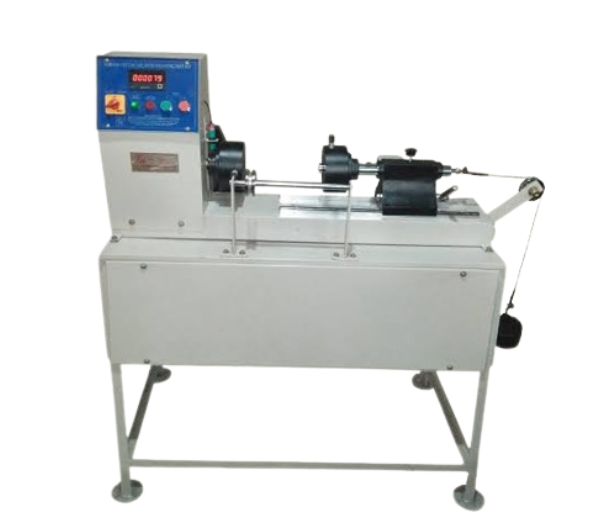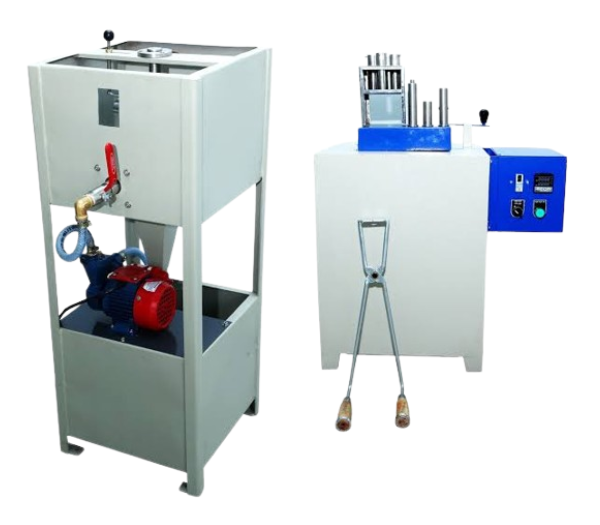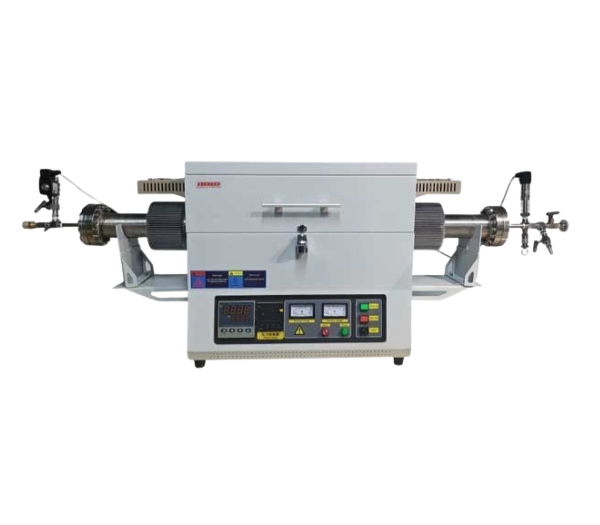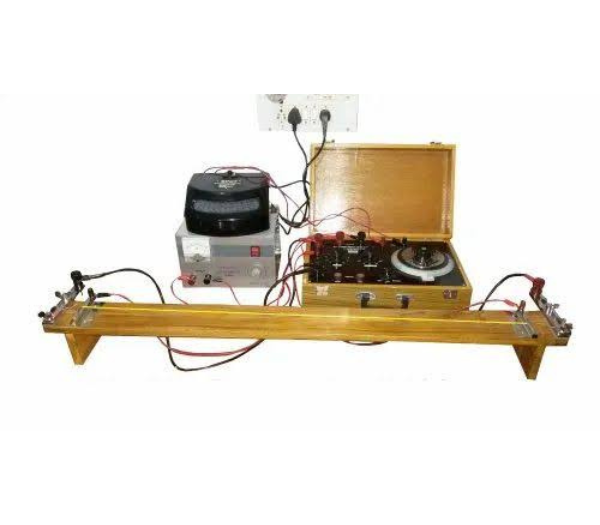About Us
We at GRAVITAS LABORATORIES Pvt. Ltd. conduct precise tests according to the national and international compliance to give the accurate and satisfactory results to our customers. The laboratory is equipped with modern tools and sophisticated technologies to outpass the benchmark laid down for industry standards.
Our meticulous testing methods and experienced technical staff leave no stone unturned to meet the client requirement for Quality assurance, Certification or Inspection.
We at GRAVITAS LABORATORIES Pvt. Ltd. strive to make sustainable development through 4P’s i.e. PRIME quality, PRECISSION in results, PASSION for work and PARTENERSHIP with the industries.

